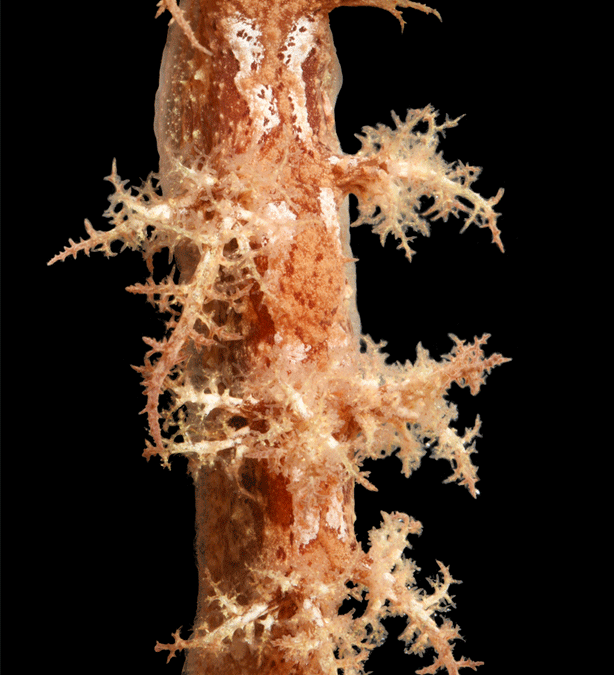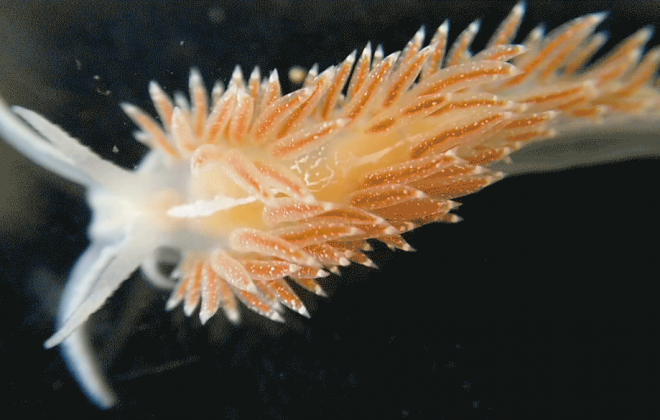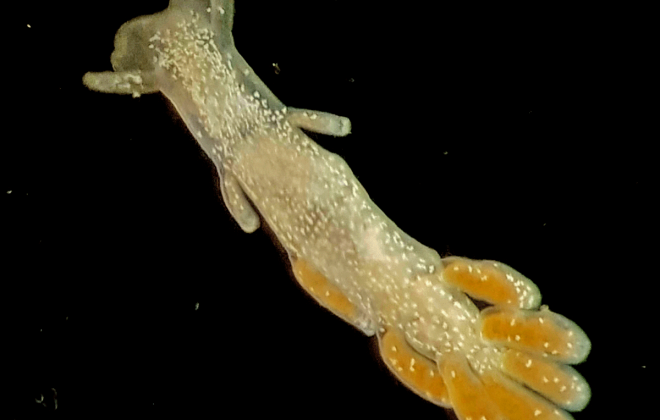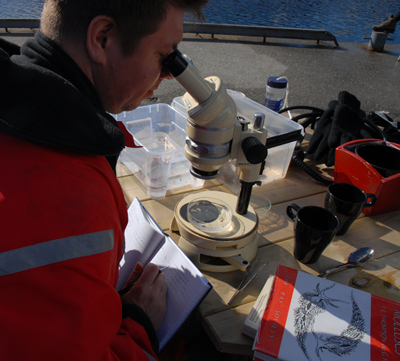Dendronotus europaeus – a new species of sea slugs
Among our largest nudibranchs Dendronotus frondosus have bee easy to find and recognise when diving or looking under piers. Until now. We have described a new species, Dendronotus europaeus, which has great morphological variation. As has Dendronotus frondosus, as has Dendronotus lacteus. All being common in shallow coastal waters in Norway and the UK.
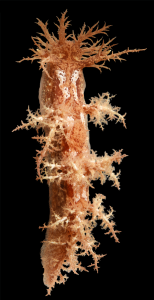
This sounds a bit complicated. Nevertheless, it was very interesting results that emerged when we studied these big specimens that may reach at least 10 cm length. They are often observed in the kelp forest, under piers and in the littoral zone. By the use of DNA barcoding it was clear from the first results we had three commonly occurring species of Dendronotus in Norway. With distinct morphological variation we thought it would be easy to describe good characteristics of each species. But it was not so.
In many cases when using DNA barcoding we find distinct genetic groups of specimens that likely represent different species, but that are morphologically similar, or even identical. Dendronotus is different. We find the distinct genetic groups supported by DNA barcoding and additional genes, which is clearly supported by internal anatomy and radula. External morphology on the other hand is extremely variable in all three species, similar variation between the three. The conclusion is clear; genetics and internal morphology = 3 species, external morphology = rather difficult to identify species. This makes it really hard, even for experts, to identify specimens from external characteristics.
Three species of Dendronotus are now common in shallow waters in Norway and the UK. Dendronotus frondosus as we used to know it is split in three species. Dendronotus forndosus known since its original description in 1774, Dendronotus lacteus which was for a long time considered a synonym to D. frondosus, and the new Dendronotus europaeus.
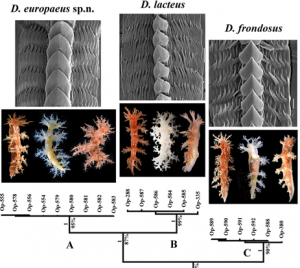
The new species is described from specimens collected at Gulen Dive Resort and several other places in Norway and the UK. Dendronotus europaeus seems to be the most common Dendronotus in the UK.
We are grateful to participants at the Nudibranch Safaris and staff at Gulen Dive Resort, and especially Monica Bakkeli, Ørjan Sandnes, Christian Skauge and Jussi Evertsen for help during field work.
Reference:
Korshunova T, Martynov A, Bakken T, Picton B. 2017. External diversity is restrained by internal conservatism: new giant species of nudibranch from Europe contributes to the cryptic species problem. Zoologica Scripta 46: 683-692. DOI: 10.1111/zsc.12253
Tags In
Kategorier
- Arrangement (4)
- feltarbeid (35)
- fieldwork (2)
- Gulen (5)
- In English (2)
- Info (6)
- Litteratur (2)
- Nakensnegler i media (4)
- Nye funn (28)
- Presentasjon av arter (42)
- Prosjekter (6)
- Ukategorisert (4)
Siste innlegg
- Populær popup-utstilling om nakensnegler 15. mai 2024
- Tritonia og gjengen – nye navn, igjen 17. april 2024
- Gammelt navn til en nakensnegl ny for Norge 30. august 2023
- Two new Dendronotus species from Norway 5. april 2023
- To nye arter Dendronotus fra Norge 4. april 2023
- Dendronotus frondosus – trillingen som ingen klarer å artsbestemme 29. mars 2023


